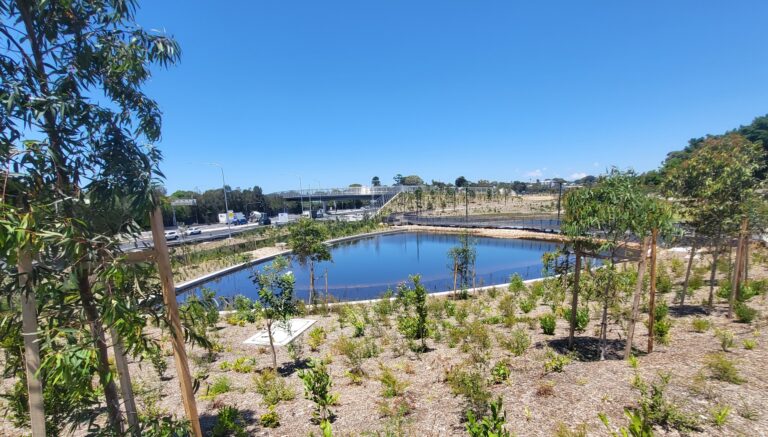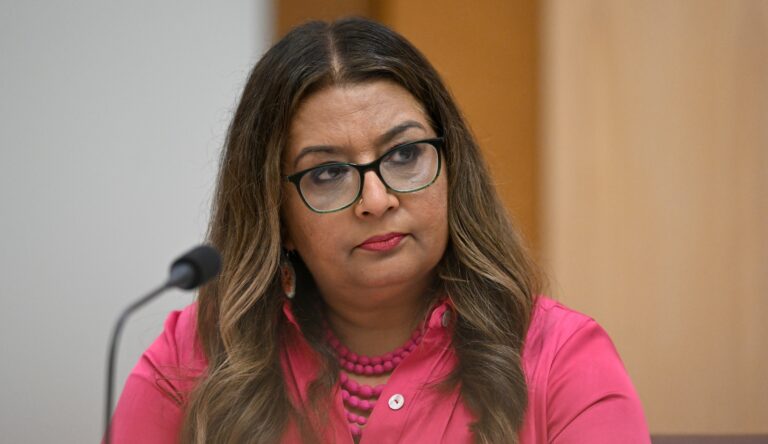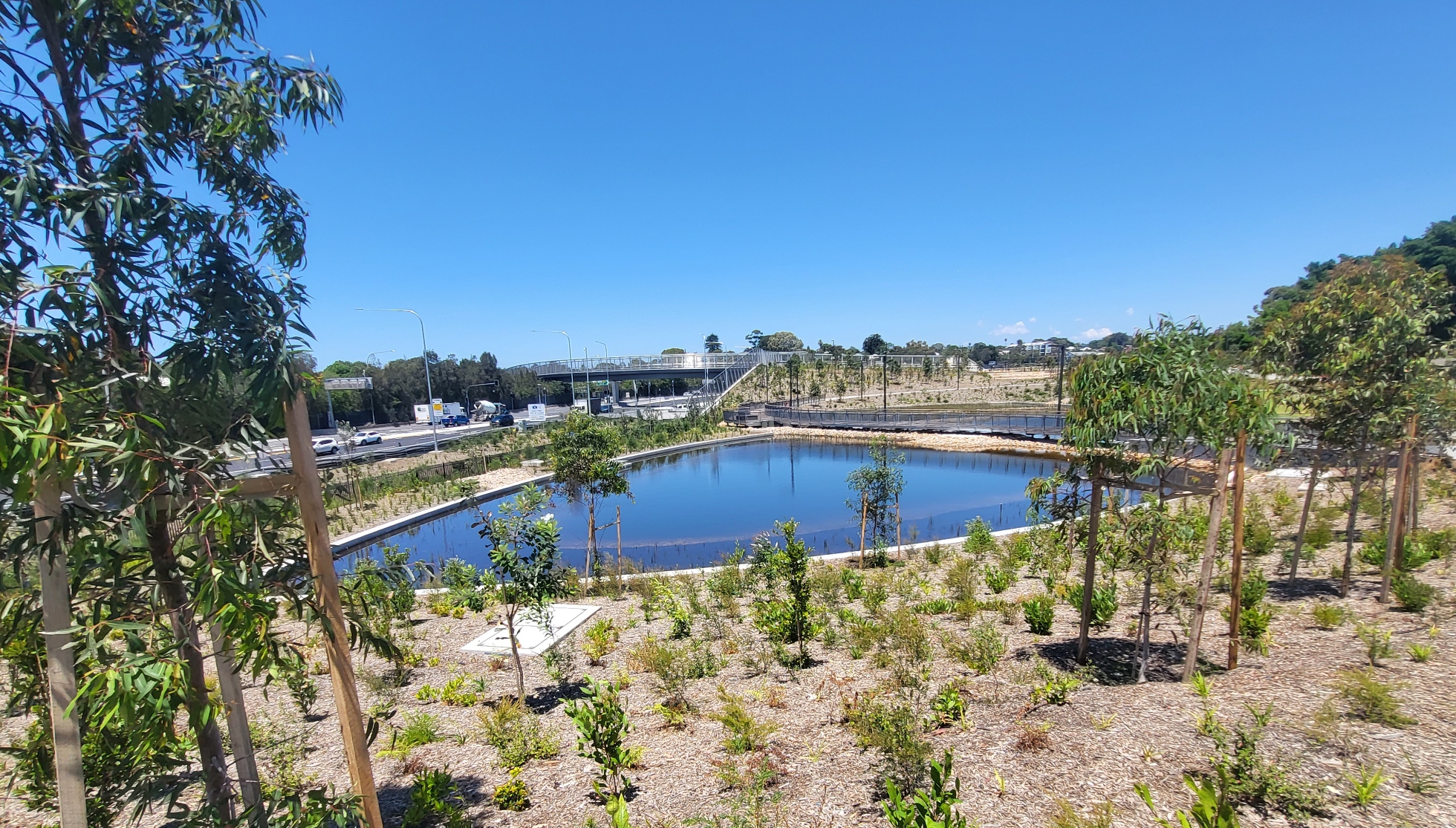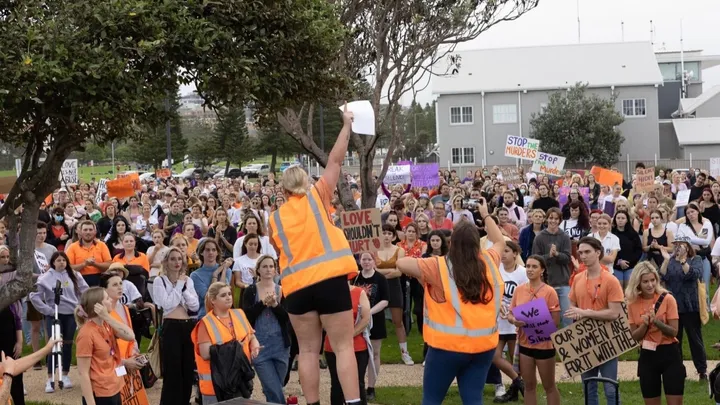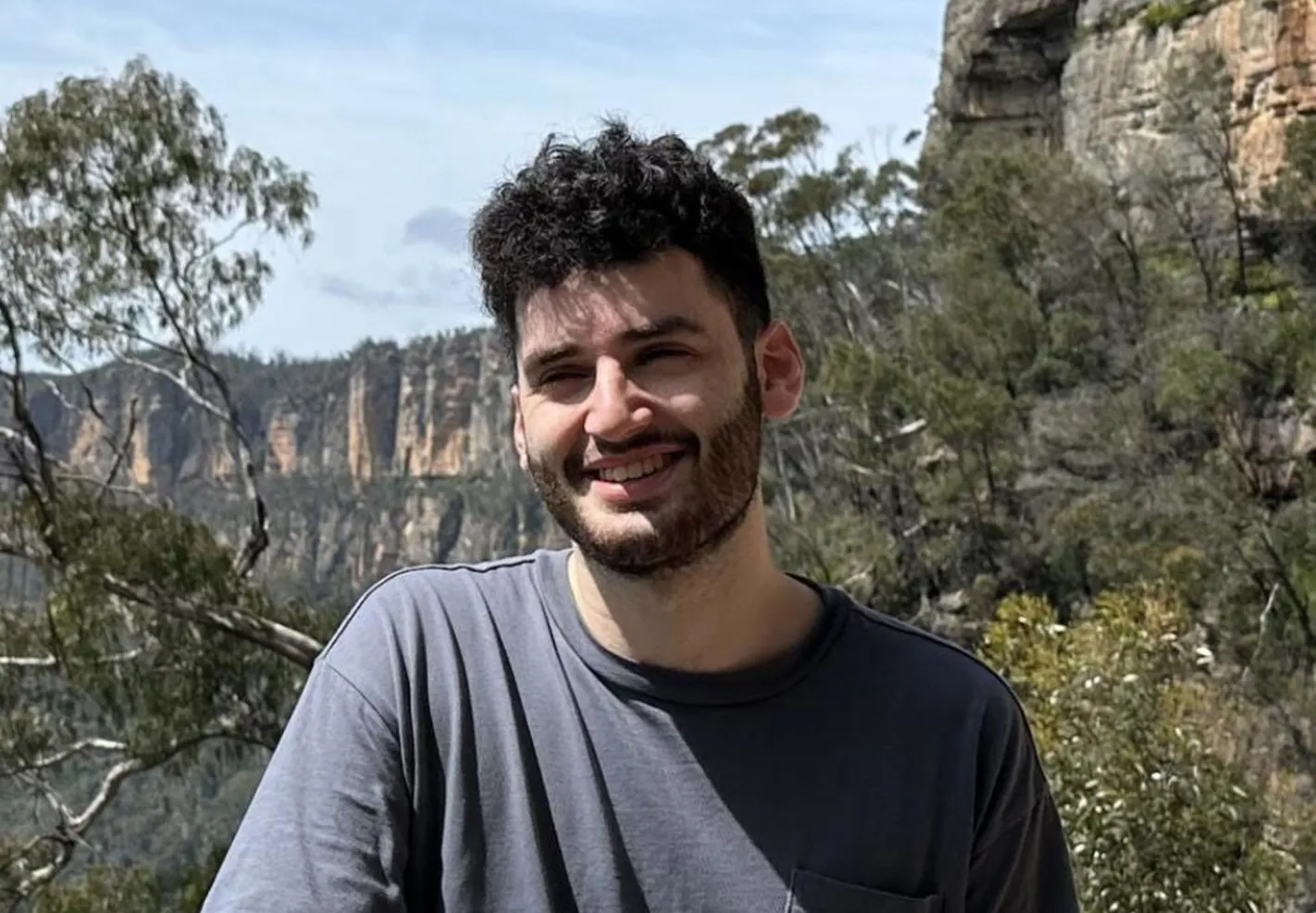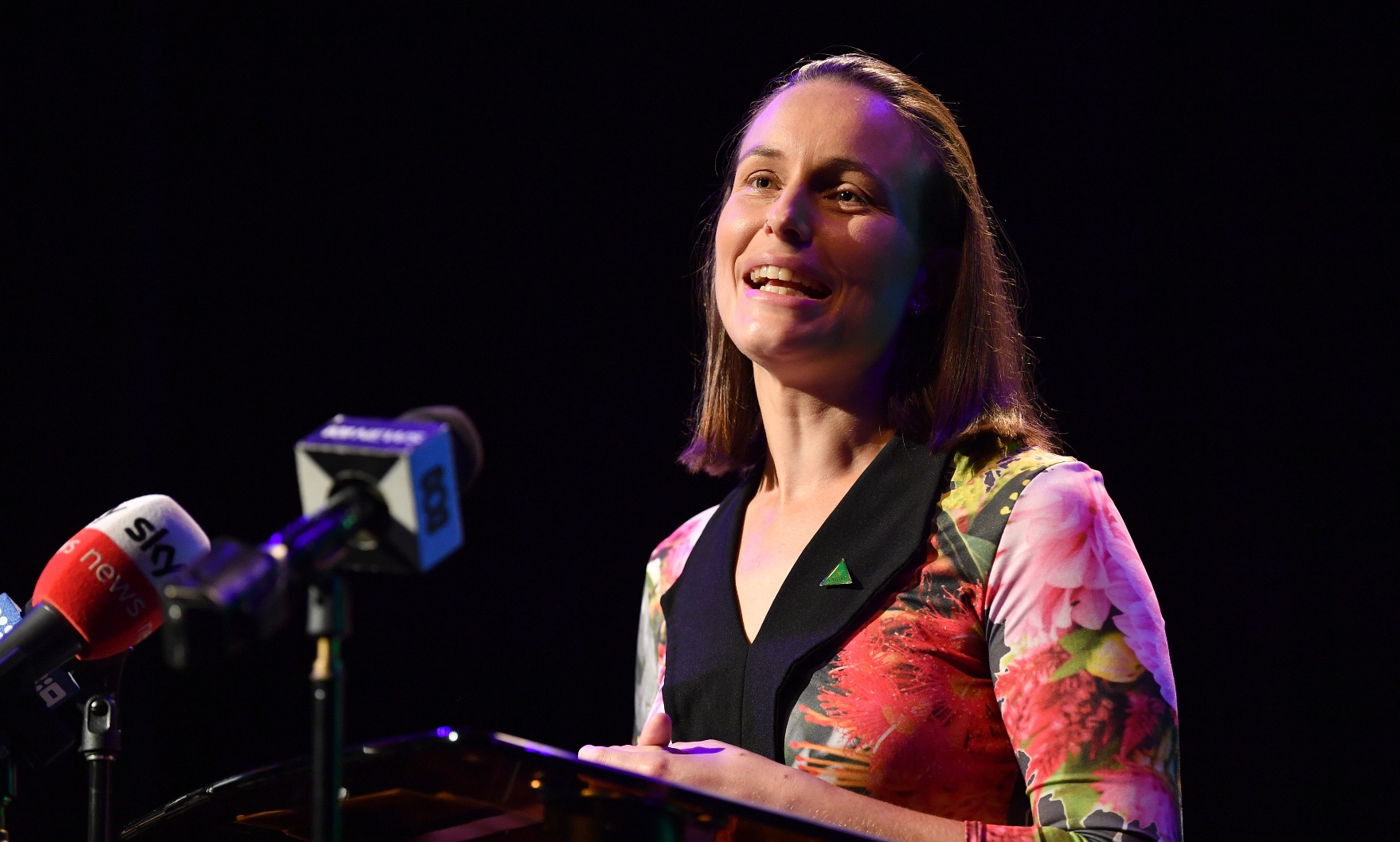
Local council in Sydney will be covered in tree canopy
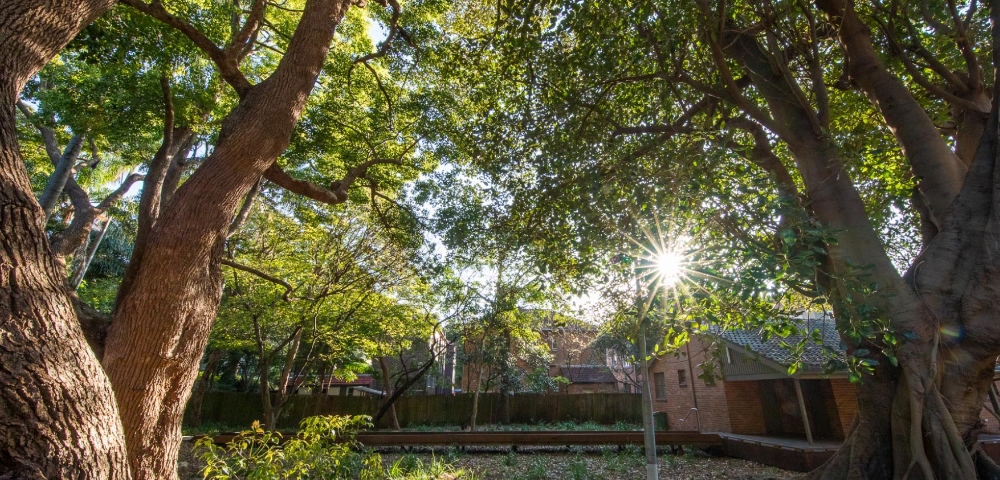
by GRACE JOHNSON
As we welcome in the new year, this Sydney council is taking steps to combat the effects of climate change.
Waverley Council has launched their Greening and Cooling Strategy, which outlines 26 targeted actions to increase canopy, shrubs and greenspace in Waverley by 35% by 2032.
The goal is to have more than a third of Waverley covered in canopy and vegetation cover. Part of the plan to achieve this includes planting 500 street trees and 40 park trees each year.
The strategy also focuses on fostering protection of trees on private land, activating community stewardship and better compliance and reporting.
Mayor of Waverley Paula Masselos said, “As global and local temperatures continue to rise due to climate change, Council’s ability to protect and enhance greening on both public and private land is critical to managing an effective local response to the Climate and Biodiversity Emergency.”
“Protecting and preserving our natural assets is crucial for any organisation that is serious about addressing climate change, and Waverley Council is at the forefront of this fight,” the mayor continued.
Having more trees, shrubs and groundcovers provide a myriad of benefits for the public. Amongst these are cooling effects through increased shade and evapotranspiration, the combination of water moving from the land to the air through soil and other surfaces (evaporation) and through plants (transpiration).
Other benefits include: biodiversity habitat and food, improved air quality and absorption of carbon, rainfall and stormwater.
Carbon absorption is particularly important as around 45% of the CO2 emitted by humans remains in the atmosphere, which is a significant factor behind global warming. Carbon sequestration can prevent further emissions from contributing to the heating of the planet.
Waverley Council says that protecting, restoring and repairing trees and vegetation in Waverley will reduce the need for air conditioning and increase local amenity by encouraging walking and physical activity through local green spaces and village centres.
Mayor Masselos said, “Ensuring Waverley is “nature positive”— a term that refers to when species and ecosystems are being restored and regenerated rather than diminished— will help us enhance regional climate resilience, and ensure healthy, naturally cool neighbourhoods into the future.”
“Despite being just 10 kilometres from the CBD, Waverley’s parks, coastline and beaches support Distinct native plant communities that provide homes for more than 50 native animals species, and this strategy will support our local biodiversity to thrive.”
Waverley’s commitment to green strategies
In 2021, Waverley Council became one of the first organisations in Australia to adopt a target of net zero carbon emissions by 2030 for its organisation.
The 2023 Greening and Cooling Strategy, which supports Council’s climate resilience goals, received overwhelming support from the community during development phase and was endorsed by Council in December.
Despite local challenges to growing and maintaining canopy in Waverley (sandy coastal soil; high density; high private land ownership), the Council has managed to increase vegetation cover since 2005 by successfully managing trees in their trees and parks.
But there’s been a significant loss of trees and green space on private land.
“For this reason, our new strategy outlines actions to help protect vegetation and deep soil on private land, and to galvanise community stewardship for greening initiatives and to safeguard the trees and vegetation that we have,” said the mayor.

